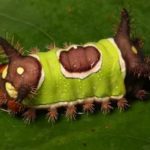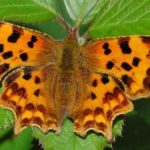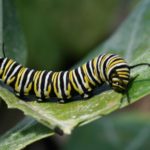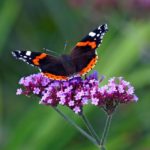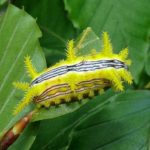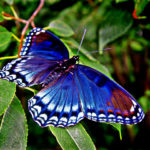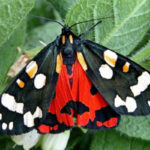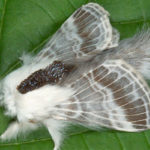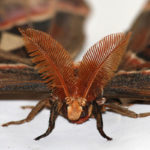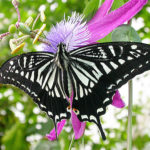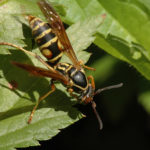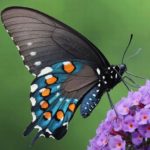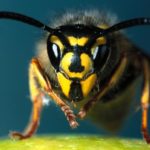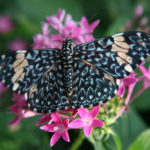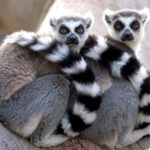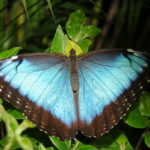Facts about caterpillars
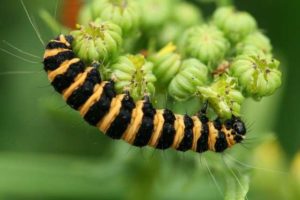 It’s no secret that the caterpillar is a butterfly larva. Most often, caterpillars are phytophagous, that is, they eat vegetative food, leaves, flowers and fruits. However, there are other species, for example, keratophages – caterpillars, preferring a diet of wax, wool, horny substances. Among some species there are caterpillars-predators that feed on other insects, aphids, larvae and ant puppies. The caterpillar eats the shell of its egg immediately after hatching, and then other eggs that will be stuck.
It’s no secret that the caterpillar is a butterfly larva. Most often, caterpillars are phytophagous, that is, they eat vegetative food, leaves, flowers and fruits. However, there are other species, for example, keratophages – caterpillars, preferring a diet of wax, wool, horny substances. Among some species there are caterpillars-predators that feed on other insects, aphids, larvae and ant puppies. The caterpillar eats the shell of its egg immediately after hatching, and then other eggs that will be stuck.
Eyes are represented by separate eyes, located on the sides of the head. They lie near the oral organs and in most cases are arranged in the form of an arcuate row of five simple eyes and one standing inside this arc. Caterpillars are stuck in the waistband of any bodybuilder – in their body there are about 4000 muscles (for comparison, in human there are only 629) and they do not possess a skeletal structure of the body. They are like small balloons in which blood moves through the tangle of muscles.
During the first 56 days of his life, the caterpillar eating vegetation increases from the original weight of 20,000 times. Caterpillars, like spiders, can distinguish a silk thread. They are characterized by a pair of silk glands opening on the lower lip, the discharge from which, when in contact with air, form a silk thread that goes to the construction of the cocoon, the production of a protective web, fastening of leaves, etc.
Caterpillars of many butterflies living in the northern latitudes do not have time to turn into a pupa in one summer, because of what they are forced to hibernate until next summer.
In a number of species caterpillars live in anthills, being with the ants in a symbiotic relationship. They pretend to be an ant uterus, secreting a special enzyme or making sounds with a sonic cilium. Ants feed this caterpillar and protect it.
Some caterpillars acquire toxicity through the plants that they eat. And this applies to the caterpillars of the she-bear, which are fed by the poisonous ragwort. They eat so much of this plant that they are used in New Zealand, Australia and North America to control the growth of the ragwort. This plant is deadly for cattle and horses, and for humans pose a certain threat to health.
